This review is taken from PN Review 45, Volume 12 Number 1, September - October 1985.
on 'Kokinshu'
The university presses of Tokyo and Princeton must be congratulated on having jointly produced a very handsome book in the first full English translation ever made of the Kokinshu, the first and greatest of the twenty-one Imperial anthologies (completed c. 905 AD). The book is attractively bound, printed on good paper, based on the most recent scholarship and reasonably priced. So it is a great pity that the translations should in general be little better than prose cribs.
In A Defence of Poetry, Shelley remarks that 'it were as wise to cast a pansy into a crucible that you might discover the formal principle of its colour and odour, as to seek to transfuse from one language into another the creations of a poet,' and one must sympathize with the translator, Laurel Rasplica Rodd, and her assistant Mary Catherine Henkenius, who is, we are told, a poet. The tanka is no easy form to give a poetic shape to in English. Such elements of prosody as the jo (preface), kakekotoba (pivot words) and engo (verbal associations) are in almost every case impossible to reproduce satisfactorily in another language, as is the force of makurakotoba (pillow words), which in many cases were used to lend an archaic dignity to a poem. Since most tanka depend on these elements for their poetic effect, as well as on syntactical ambiguities peculiar to Japanese and on allusion, one is forced to conclude that the form is even more untranslatable than is ...
The page you have requested is restricted to subscribers only. Please enter your username and password and click on 'Continue':
If you have forgotten your username and password, please enter the email address you used when you joined. Your login details will then be emailed to the address specified.
If you are not a subscriber and would like to enjoy the 292 issues containing over 11,700 poems, articles, reports, interviews and reviews,
why not subscribe to the website today?
